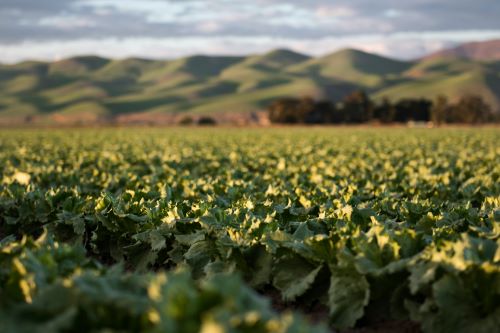


Understanding these three types of fungicides is vital for effective disease control, whether in commercial farming, gardening, or organic practices.
Contact fungicides, or protectant fungicides, remain on the plant’s surface and do not penetrate its tissue. They create a protective barrier that prevents fungal spores from infecting the plant.
These fungicides act as preventive measures rather than cures. Since they remain on the plant’s exterior, they must be reapplied frequently, especially after rainfall or irrigation, to maintain their effectiveness.
Several widely used contact fungicides help protect crops and ornamental plants from various fungal threats:
Contact fungicides are crucial in integrated disease management strategies, but they come with certain advantages and drawbacks:
Unlike contact fungicides, systemic fungicides penetrate the plant’s tissues and move within its system. This makes them highly effective against fungal infections already inside the plant.
Once applied, systemic fungicides are absorbed by the plant and transported through the xylem or phloem, depending on the formulation. This movement allows them to provide long-lasting protection and even cure existing infections.
Systemic fungicides are particularly valuable in protecting staple crops such as wheat, rice, and fruits from devastating diseases. Some notable examples include:
One highly recommended option for farmers to control fungal diseases effectively is Boost Propiconazole 25% EC Systemic Fungicide, which offers excellent protection against common crop diseases while promoting healthy plant development.
However, overusing systemic fungicides can lead to fungal resistance, so it is necessary to rotate fungicides with different modes of action.
As the demand for organic farming and sustainable agricultural practices grows, biological fungicides have gained significant attention. These fungicides use naturally occurring microorganisms or plant-based compounds to combat fungal infections.
Biological fungicides directly attack fungal pathogens or enhance the plant’s natural defense mechanisms. They may contain beneficial bacteria, fungi, or plant extracts that create an unfavorable environment for fungal growth.
Biological fungicides offer numerous advantages, particularly in organic farming and sustainable agriculture:
However, their effectiveness can be inconsistent compared to chemical fungicides, and they often require precise application timing and environmental conditions.
“A farmer’s greatest ally is knowledge. Understanding the land, the crops, and the science behind protection methods can transform agriculture from a battle to a balance.“
The choice between contact, systemic, and biological fungicides depends on several factors:
Can I mix different types of fungicides?
Yes, combining fungicides with different modes of action can improve effectiveness and reduce the risk of resistance. However, always check compatibility before mixing.
How often should fungicides be applied?
The frequency depends on the type of fungicide used. Contact fungicides need regular reapplication, while systemic fungicides provide longer-lasting protection. Biological fungicides may require multiple applications for optimal results.
Are systemic fungicides safe for organic farming?
Most systemic fungicides are synthetic and not approved for organic farming. Organic farmers typically use biological fungicides or natural extracts.
